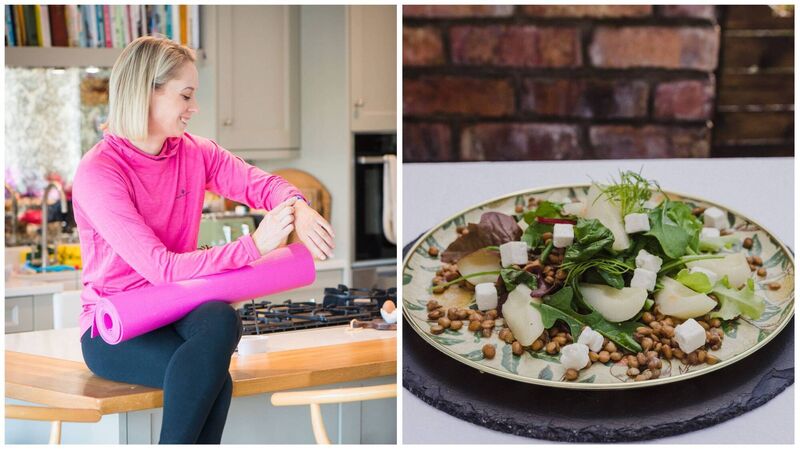Derval O'Rourke: This lentil and pear salad is a great healthy heart option

Try my easy to prepare lentil and pear salad.
Try from €1.50 / week
SUBSCRIBE
Try my easy to prepare lentil and pear salad.
I wear a watch that tells me the time but also tracks various measures of my ‘health’. Heart rate tracking is a standard feature on many wearables from Apple watch to Garmin to Fitbit. This week I’ll chat about heart rate in relation to health and for the recipe I’ll share with you a lovely healthy heart option.
Let’s start with understanding the basics.
Newsletter
The best food, health, entertainment and lifestyle content from the Irish Examiner, direct to your inbox.
© Examiner Echo Group Limited